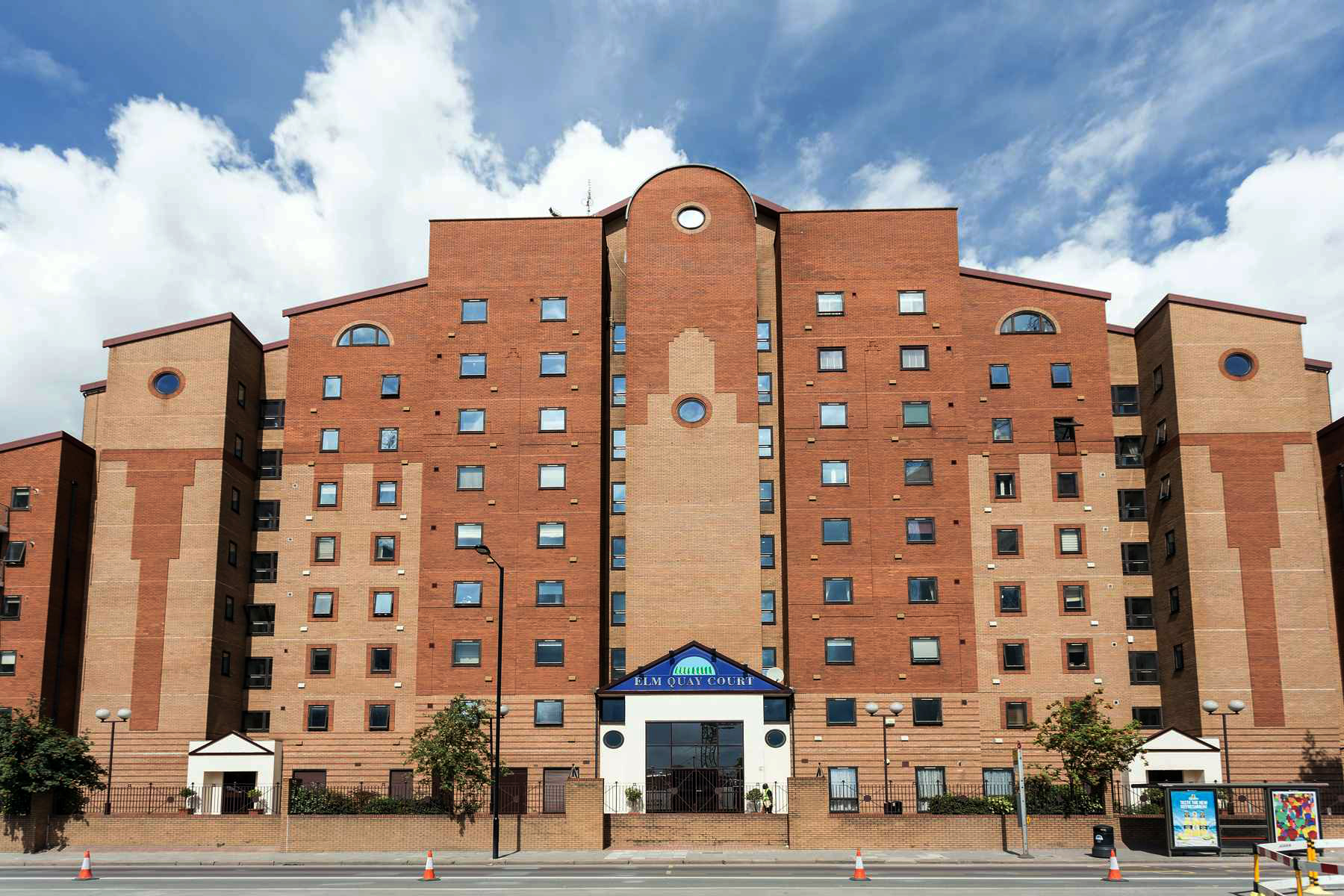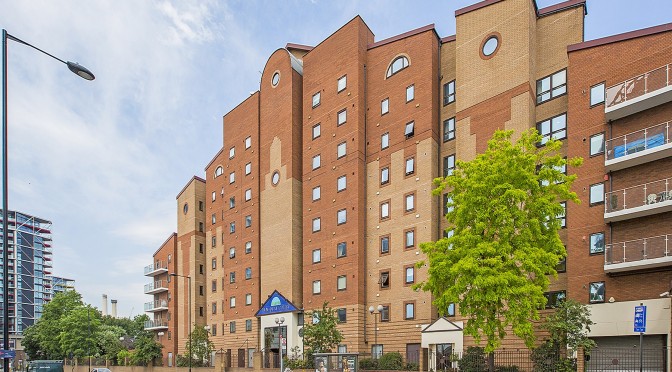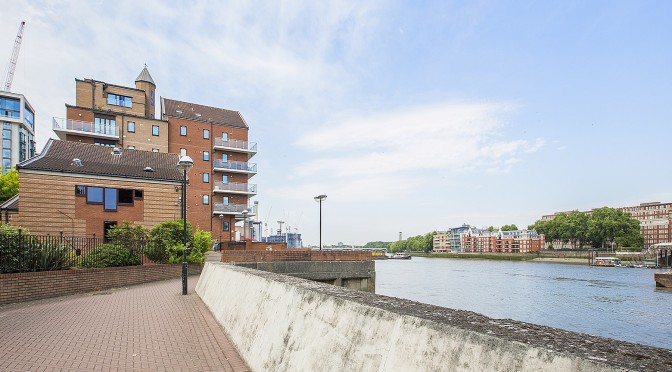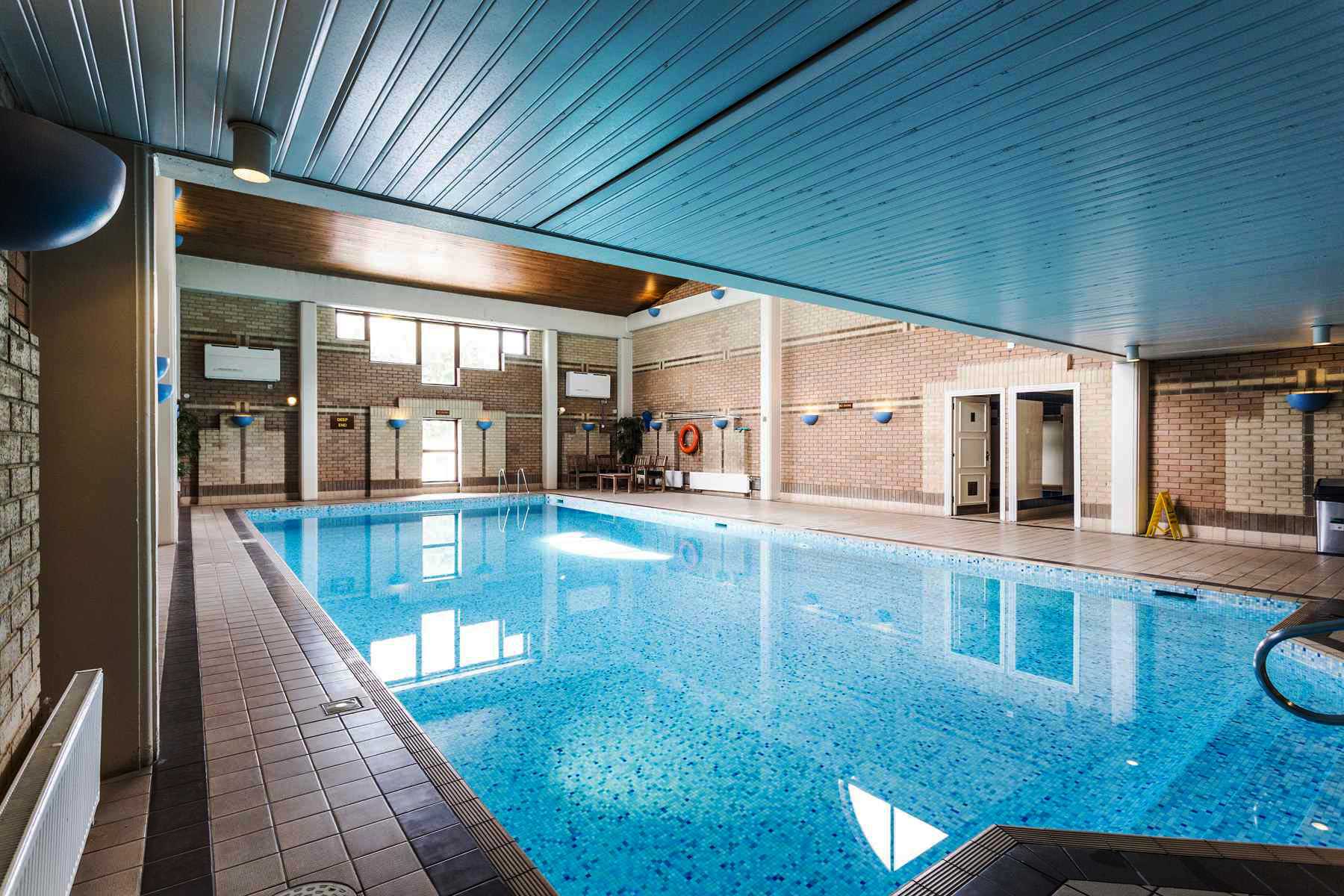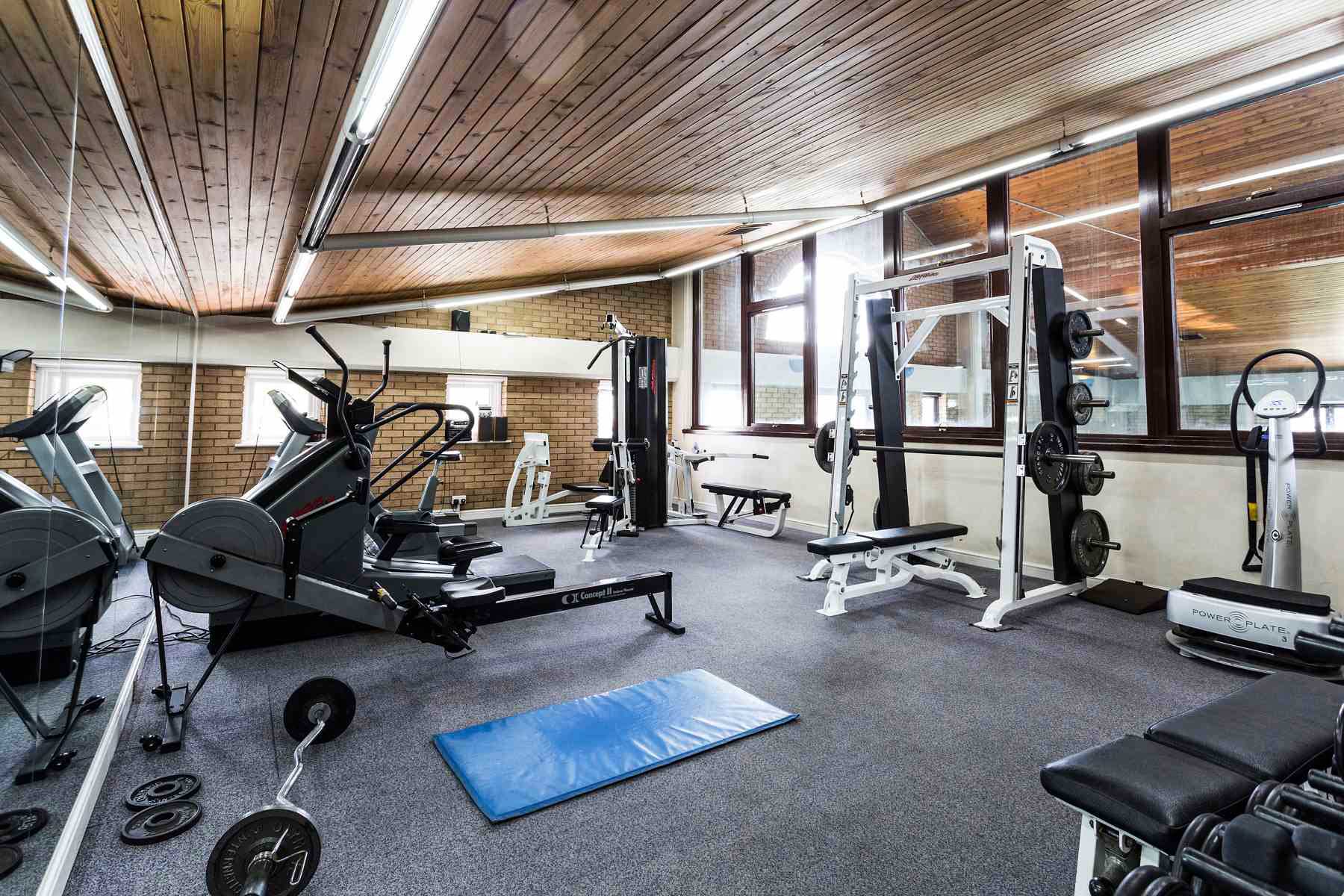
Available Sales or Lettings Properties within Elm Quay Court
We do not share the information you provide with any third parties.Elm Quay Court, an Overview
Those savvy enough to have bought in Elm Quay Court when it was first developed must now be feeling pretty smug that it sits so squarely amongst the newly developing Nine Elms Area. With many of the apartments having riverside views the spacious one , two and three bedroom apartments, several duplex’s and penthouses in this development are demanding ever-increasing prices.
Built in the mid 1980’s the development boasted all the usual modern conveniences of the time but future purchasers with an eye for design will appreciate that some apartments may benefit from refurbishment, thereby adding to the properties future value.
A History of Elm Quay Court
Elm Quay Court quite logically derives its name from its Nine Elms location and riverbank situation. Built in the 1980’s the lack of surrounding buildings would suggest it has always been a rather conspicuous development surrounded by commercial premises and appearing to be the last civilised refuge before entering the no-man’s land of ‘that-bit-between-Vauxhall-and-Battersea-Power-Station’. Now however, Elm Quay Court is smack bang in the middle of the Nine Elms regeneration site and as a result owners have seen prices appreciate significantly since the regeneration was approved.
Nine Elms itself takes its name from that fact that nine elm trees grew in the area. Like modern day Londoners, who know London according to its landmarks and its pubs. (Go on ask any Londoner for directions and they won’t have a clue about the street name but will direct you according to the local pubs!) Londoners of yore knew areas according to clumps of trees hence nine elms. Likewise in North London, Seven Sisters was named after a copse of seven, err, elm trees.
Trees and public houses seem to be a recurring theme in England’s popular history. One of the most popular pub names happens to be The Royal Oak, in honour of King Charles II.
Legend has it that after battle of Worcester in 1651, between the Royalists and the Puritans, Charles II escaped from his pursuers by hiding up an oak tree before fleeing to France. Once the Monarchy was reinstated Charles II returned to London on his birthday May 29th and this was named Oak Apple Day and became a national holiday. While his holiday no longer exists in name it seems likely that the Spring Bank Holiday which happens the same weekend is derived from the occasion.
Coincidentally the two other most popular pub names in England; The Crown and The Red Lion also feature in this dramatic story.
The Crown is obviously a direct reference to the Monarchy. The Red Lion however has a slightly more macabre history.
London Lore tells that while Oliver Cromwell, (leader of the original revolt against the Monarchy,) was initially treated to a state funeral and laid to rest in Westminster Abbey, Charles II decided to have Cromwell’s body exhumed and hung. For reasons not entirely clear this entailed the body being held in the Red Lion Pub in Holborn before being hung at the nearby Tyburn gallows the next day. While the name ‘Red Lion’ existed before the restoration of the Monarchy, its resurgence as a popular moniker could surely be ascribed to this event.
Living & Investing In Elm Quay Court
Elm Quay Court is made up one, two and three bedroom apartments spread over seven floors. The development represents a good, typical buy-to-let, with tenants being made up of affluent students and young professionals. There are also a good proportion of full-time owner occupiers within the development.
Built in the mid 1980’s the development has a post-modernist feel, acknowledging a number of architectural influences and making use of colourful building materials representative of the style.
The footprint of each apartment varies widely with one bedroom flats starting at 500 sq ft and three bedroom flats being over 1100 sq ft on average. Many have private terraces, some with wrap-around balconies and others boast multiple terraces to the principal rooms. Similarly, some apartments have separate kitchen and reception rooms while others are arranged to be open-plan. The mix ensures that the flats appeal to many different lifestyles and this is reflected in the diversity of the residents.
With an truly enviable location right on the riverside Elm Quay Court remains perennially popular and apartments with riverside views will always command a premium.
Elm Quay Court & Beyond
The Nine Elms district has probably been one of the most overlooked areas of central London. Having originally been used primarily for industrial premises, including the famous Battersea Power Station, Nine Elms has until now lacked any real charm.
Since the first rumours of regeneration, however, Elm Quay Court has become one of the most enviable developments as its riverbank location offers uninterrupted views. Nine Elms will arguably be London’s most exciting development since the docklands with the promise of a new cultural hub that will provide a mix of residential, leisure and commerce amongst green spaces.
As we write much of this work is in progress but this does not mean that Elm Quay Court is lacking in local amenities. Being only a short walk to Vauxhall’s bus, train and underground station the key destinations in London are all within a short commute.
For residents wishing to seek out some of London’s pubs with Royal monikers as described in the ‘History of Elm Quay Court’ section then the development is superbly placed to venture out from as many pubs are just a short walk or taxi ride away.
Elm Quay Court
